From May 1, 2025: Soviet Workers' Day postcards, retro posters from the Soviet era
- Новости
- Local news
- From May 1, 2025: Soviet Workers' Day postcards, retro posters from the Soviet era
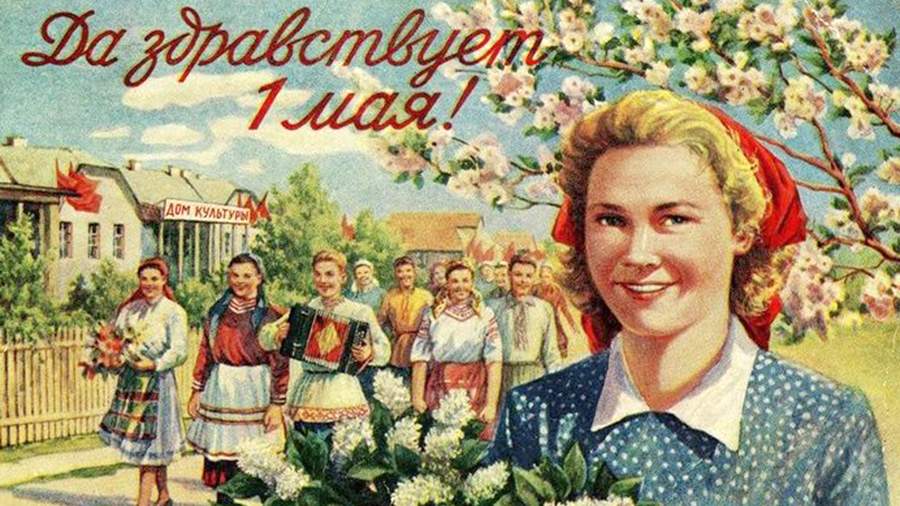
In Russia, the Spring and Labor Day is celebrated on May 1. It replaced the International Workers' Solidarity Day, which was celebrated in Soviet times. Today, for many Russians, it's just a spring holiday and an extra day off. Izvestia collected cursive postcards for the holiday.
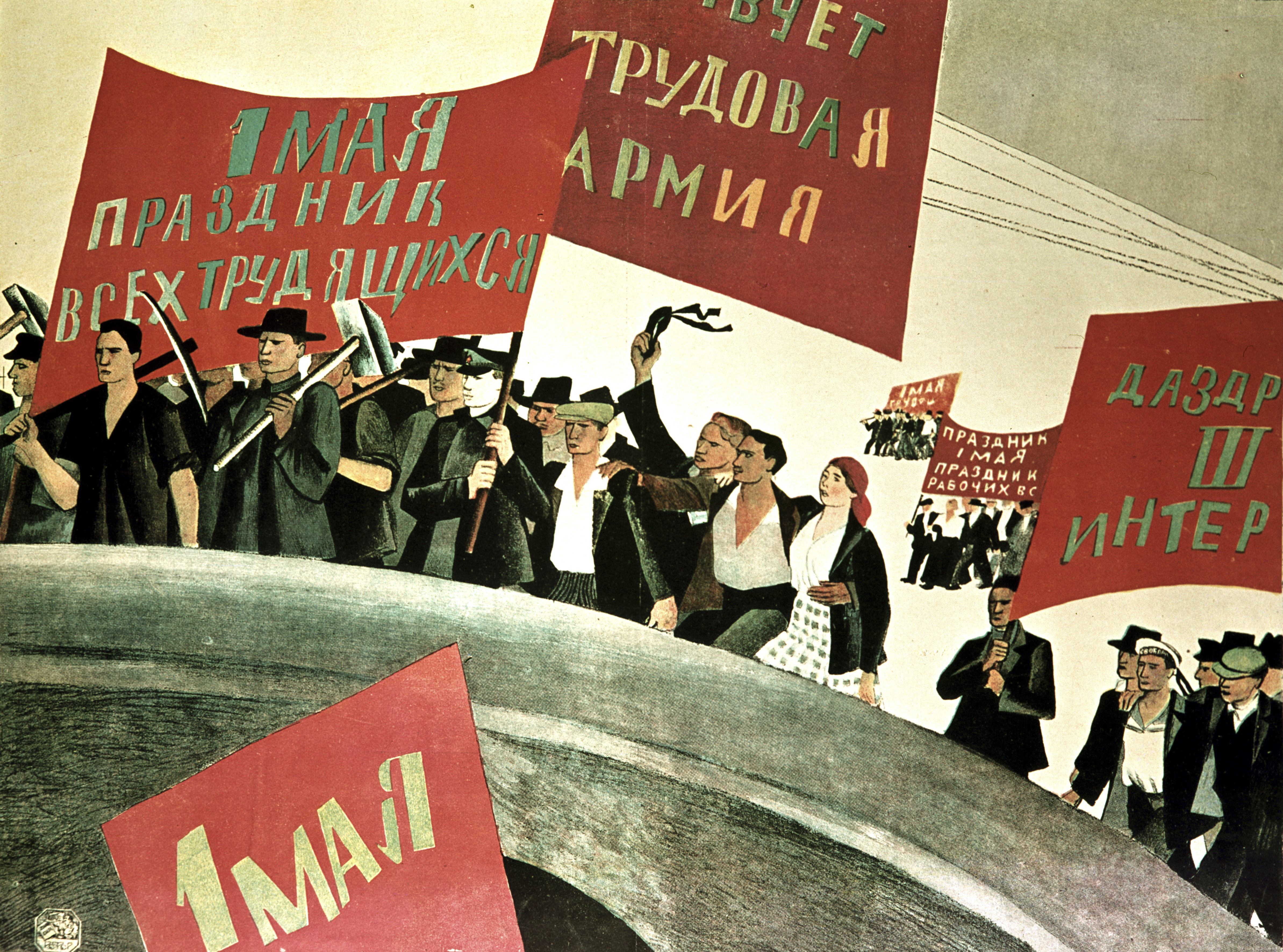
Two days off were set for Soviet citizens — on May 1st and 2nd. Now Russians have only one day off. However, in 2025, due to the postponement of the May Day weekend, it will last for four days — from May 1 to May 4.
From May 1: vintage Soviet postcards
Military parades were traditionally held in the USSR and the Eastern Bloc countries on May 1. They were attended by party leaders and the country's top leadership. On the second day of the celebration, mass festivities in nature, the so-called Mayevki, were usually held.
Since 1933, the celebrations have been complemented by air parades over Red Square. They were held right up to the beginning of the Great Patriotic War and demonstrated the advanced achievements of the Soviet aviation industry. It was at this time that the ANT-20 Maxim Gorky aircraft developed by Andrei Tupolev, the I-16 monoplane fighter aircraft designed by Nikolai Polikarpov and other novelties were shown to the world.
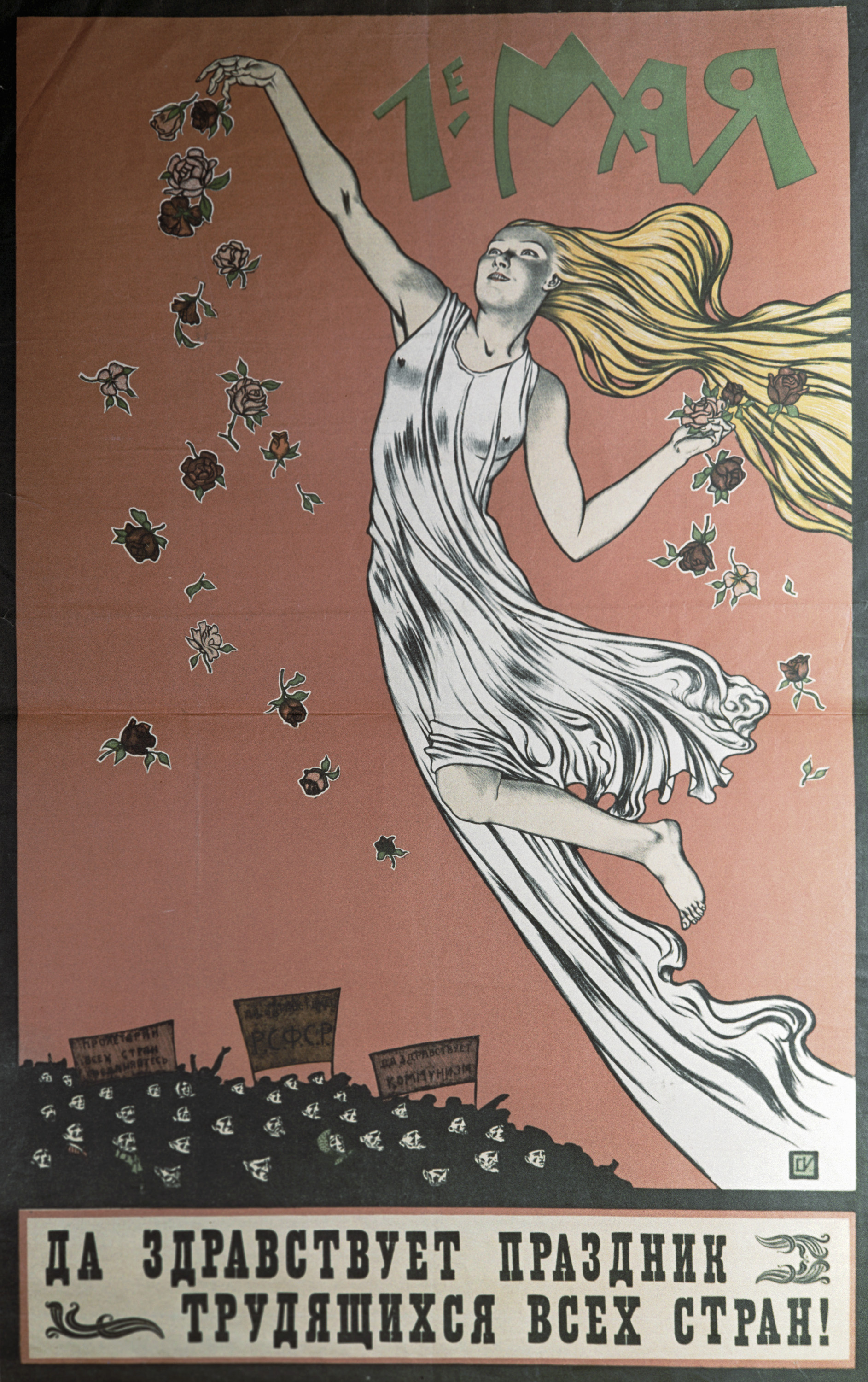
There were no marches or parades during the war. But the holiday continued to be celebrated at the front and in the rear. Since the 1970s, after the renaming of May Day, military parades have been replaced by mass marches of workers with banners and flags.
Columns of workers, students, and creative intelligentsia marched through the central streets of Moscow and other cities. Political slogans were heard from the horns, and speeches by members of the Politburo and industry leaders were heard from the stands. One of the most famous May Day slogans of that time was "Peace! Labor! May!".
Already in the 1950s, greeting cards were issued in large editions starting on May 1. They depicted the Kremlin, the coat of arms of the USSR, a globe as a symbol of the unity of workers all over the world, a dove as a symbol of peace and flowers as a symbol of spring. Other common subjects include laughing children with flags in their hands, blooming apple orchards, festive processions and fireworks.
The workers were happy to give each other postcards, and some even collected entire collections. It was as popular as collecting stamps. Red flags and balloons were also essential attributes of the holiday.

Pictures and posters from the times of the USSR on May 1st
May Day posters reflecting the development of this artistic genre from the pre-revolutionary period to the present day are also kept in many state museums and libraries. They reconstruct in detail the visual history of May Day in Russia.
Thus, in the early years of the formation of the Soviet state, posters emphasized solidarity with workers all over the world and ridiculed the Western bourgeoisie. The main slogans of that time were: "Proletarians of all countries, unite!", "May Day is a celebration of the victory of labor over capital", "From under the yoke of wars to bright work and enlightenment."
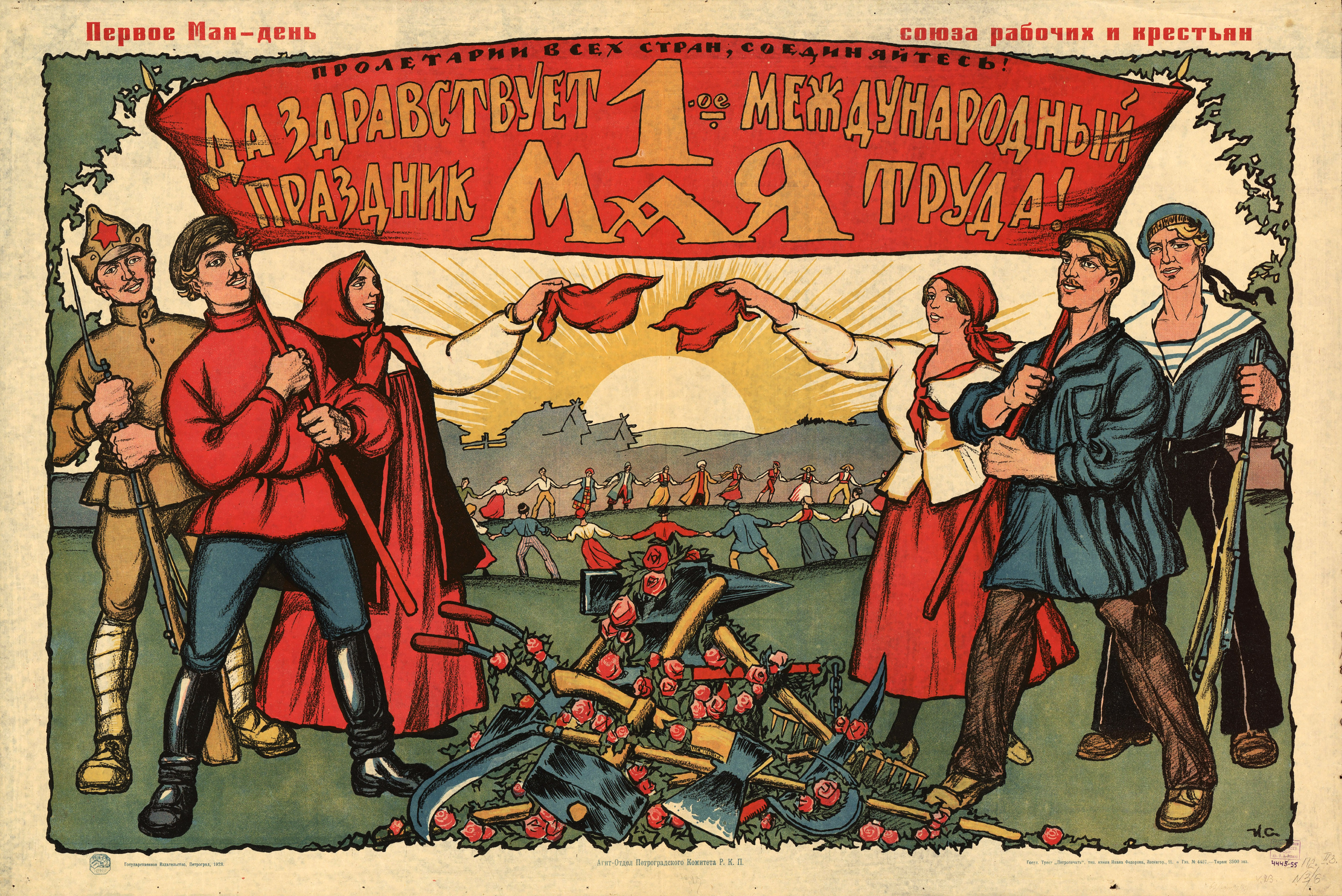
During the war, poster artists combined the holiday with a frontline theme. Posters by artist Viktor Govorov were published in newspapers and magazines, "Long live May 1st! Everything for the front, everything for victory over the enemy!", Alexander Chechnev's "May Day gift: from a submachine gunner and a submachine gunner — death to the German invader!", Alexey Kokorekin's "May Day greetings to the heroes of the front" and others.
In the post-war decade, the country faced global challenges to rebuild its economy and industry. Therefore, the holiday posters mainly glorified the valiant labor of the workers. They depicted representatives of various professions — farmers, doctors, builders, engineers. All those who would later rebuild the country and be the first in the world to go to the stars.
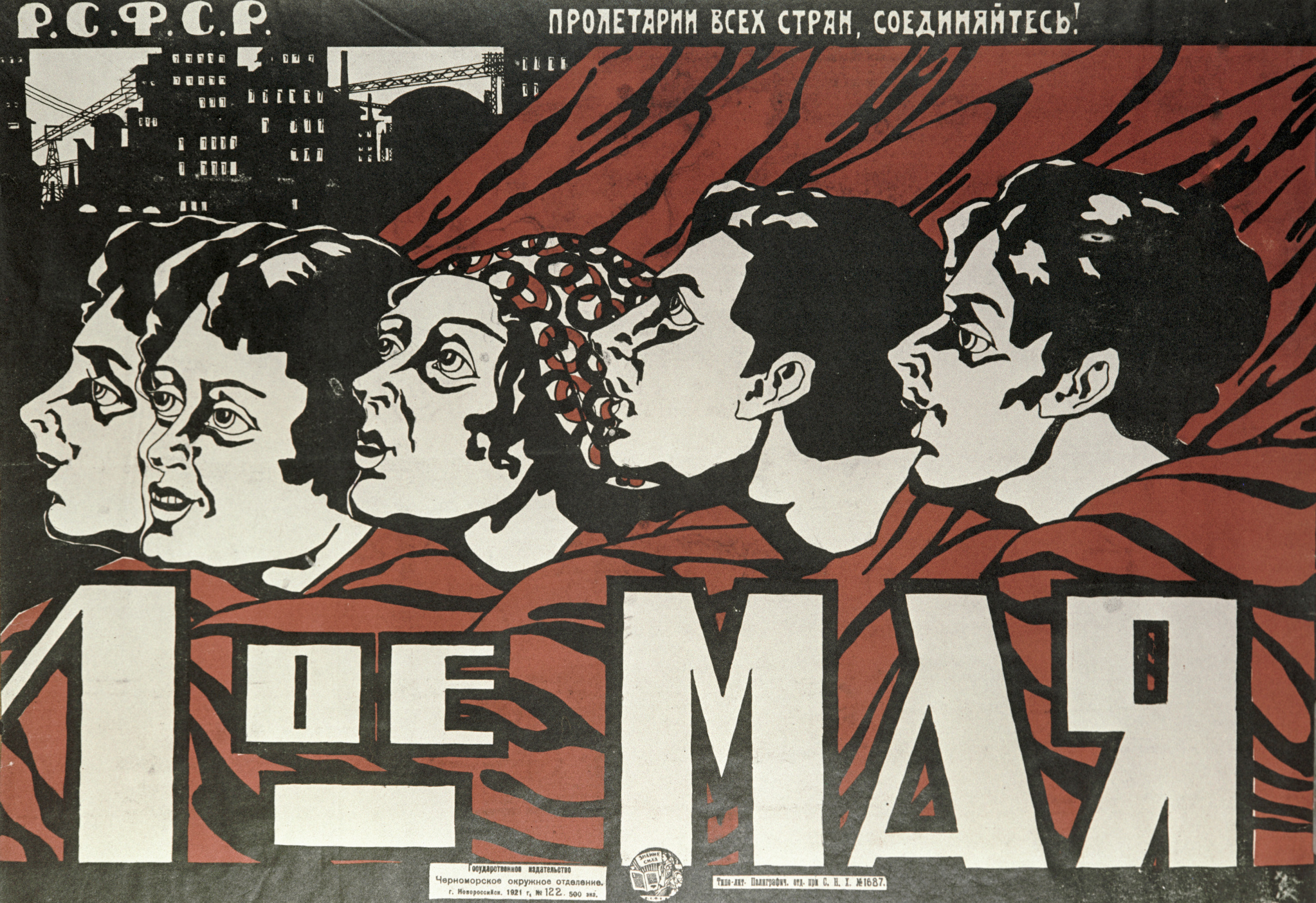
Now the themes of the postcards and posters have changed. But the glorification of the heroes of labor, the wishes for peace and a happy May Day remain unchanged.
The material was prepared by Izvestia using photos from Getty Images and RIA Novosti.
Переведено сервисом «Яндекс Переводчик»




